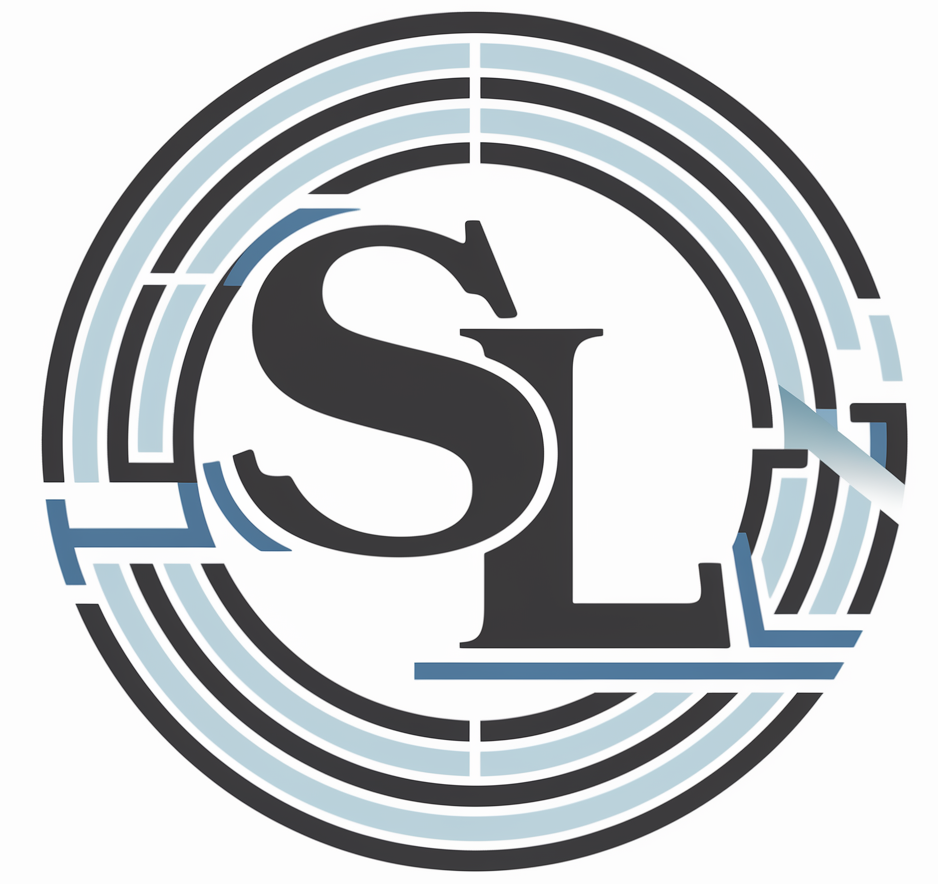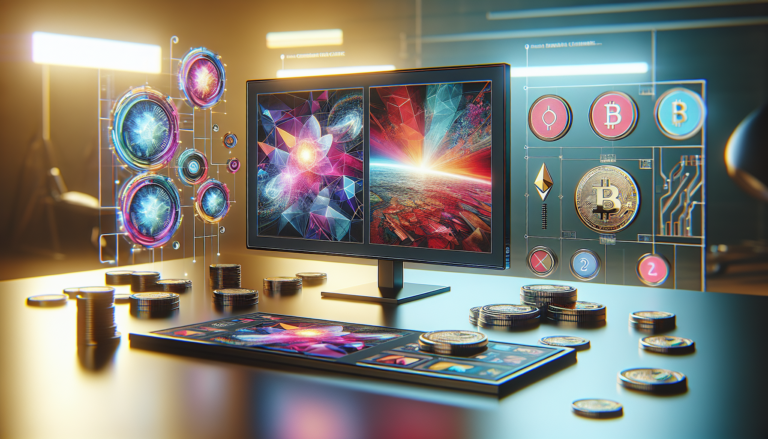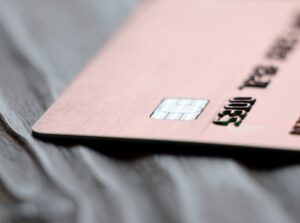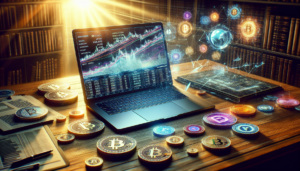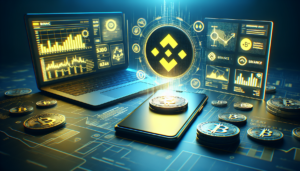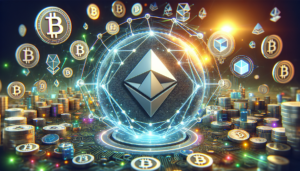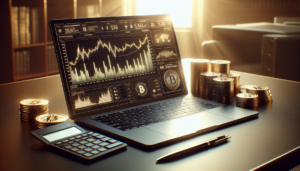Introduction to NFT Art
In recent years, the art world has been revolutionized by the emergence of NFT art. NFTs, or non-fungible tokens, are unique digital assets that represent ownership of digital items, such as artwork, music, videos, and even tweets. These tokens are stored on a blockchain, ensuring secure and verifiable ownership, and have opened up new possibilities for artists and collectors alike.
NFT art has gained significant attention and popularity, with some pieces selling for millions of dollars. The technology behind NFTs has enabled artists to monetize their digital creations in unprecedented ways, while providing collectors with a new way to own and invest in art.
What is an NFT?
NFTs are unique cryptographic tokens that represent ownership of a unique digital asset. Unlike cryptocurrencies like Bitcoin, where each coin is identical and interchangeable, NFTs are non-fungible, meaning each token is distinct and cannot be exchanged for another on a one-to-one basis. This uniqueness is what makes NFTs suitable for representing ownership of specific digital items, such as artwork.
NFTs are built on blockchain technology, most commonly on the Ethereum blockchain. When an NFT is created, or “minted,” it is assigned a unique identifier and recorded on the blockchain, which serves as an immutable and transparent ledger of ownership.
How NFTs are Used in the Art World
In the art world, NFTs have opened up new possibilities for artists to create, sell, and monetize their digital art. Artists can mint their artwork as NFTs, making them one-of-a-kind digital assets that can be bought, sold, and traded on NFT marketplaces. This allows artists to reach a global audience of collectors and investors, without the need for traditional intermediaries like galleries or auction houses.
NFT art spans a wide range of styles and mediums, including digital paintings, 3D animations, video art, and even memes. Some of the most notable NFT art sales include Beeple’s “Everydays: The First 5000 Days,” which sold for $69 million, and CryptoPunk #7523, which sold for $11.7 million.
The Technology Behind NFT Art
Blockchain and NFTs
The fundamental technology behind NFTs is blockchain, a decentralized and secure digital ledger that records transactions across a network of computers. Blockchain ensures the authenticity, ownership, and provenance of NFTs, making it an ideal platform for creating and trading unique digital assets.
Ethereum is currently the most popular blockchain for NFTs, thanks to its smart contract capabilities and the ERC-721 token standard, which defines the basic functionality of NFTs. However, other blockchains, such as Binance Smart Chain and Flow, are also gaining traction in the NFT space.
Minting and Selling NFT Art
To create an NFT, an artist must first “mint” their artwork on a blockchain. Minting involves uploading the digital file to an NFT marketplace and creating a unique token that represents ownership of that file. The minting process typically requires the artist to pay a “gas fee,” which covers the computational costs of processing the transaction on the blockchain.
Once an NFT is minted, it can be listed for sale on NFT marketplaces, such as OpenSea, Rarible, or Nifty Gateway. These marketplaces allow artists to set their own prices and royalty rates, and provide a platform for collectors to discover and purchase NFT art.
Benefits and Challenges of NFT Art
Benefits for Artists and Collectors
NFT art offers several benefits for both artists and collectors:
- Royalties: Artists can program their NFTs to receive a percentage of the sale price each time their artwork is resold, ensuring ongoing revenue from their creations.
- Provable ownership: NFTs provide a clear and verifiable record of ownership, allowing collectors to prove that they own a specific digital artwork.
- New revenue streams: NFTs enable artists to monetize their digital creations in new ways, reaching a global market of collectors and investors.
- Accessibility: NFT marketplaces make it easier for artists to showcase and sell their work, without the need for traditional gatekeepers like galleries or agents.
Challenges and Criticisms
Despite the benefits, NFT art also faces several challenges and criticisms:
- Environmental impact: The energy consumption associated with minting and trading NFTs on the Ethereum blockchain has raised concerns about the environmental impact of NFTs.
- Market volatility: The NFT art market can be highly speculative and volatile, with prices often driven by hype and speculation rather than intrinsic value.
- Intellectual property issues: NFTs do not necessarily convey copyright ownership, leading to potential legal and ethical issues around the creation and sale of NFTs based on existing artworks.
Popular NFT Marketplaces
Top Platforms for Buying and Selling NFT Art
Several NFT marketplaces have emerged as popular platforms for buying and selling NFT art:
| Marketplace | Description |
|---|---|
| OpenSea | The largest and most diverse NFT marketplace, offering a wide range of digital assets, including art, collectibles, and virtual real estate. |
| Foundation.app | A curated platform focused on high-quality digital art, with a community of established and emerging artists. |
| Superrare.com | An exclusive NFT marketplace specializing in single-edition digital artworks, with a focus on scarcity and curation. |
| Rarible | A community-governed NFT marketplace that allows users to create, buy, and sell a variety of digital assets. |
| Nifty Gateway | A user-friendly NFT platform that offers curated drops from top artists and brands, as well as a secondary market for trading. |
How to Choose the Right Marketplace
When choosing an NFT marketplace, consider the following factors:
- Supported blockchains: Ensure the marketplace supports the blockchain on which your NFTs are minted, such as Ethereum or Binance Smart Chain.
- Fees: Compare the fees charged by different marketplaces, including gas fees, listing fees, and transaction fees.
- Community and audience: Look for a marketplace with an active community and an audience that aligns with your artistic style or collection interests.
- User experience: Consider the ease of use, user interface, and features offered by each marketplace, such as auction options or customizable storefronts.
Future Trends in NFT Art
Mainstream Adoption and Celebrity Involvement
As NFT art continues to gain mainstream attention, more celebrities and well-known artists are entering the space. This increased visibility has the potential to attract new collectors and investors, further expanding the NFT art market.
Furthermore, established art institutions, such as auction houses and galleries, are beginning to embrace NFTs. Christie’s and Sotheby’s have both held successful NFT auctions, legitimizing the medium in the eyes of the traditional art world.
Innovations and Emerging Use Cases
The NFT art space is ripe for innovation, with new use cases and technologies emerging regularly:
- Fractional ownership: NFTs can be divided into smaller, more affordable fractions, allowing multiple collectors to own a piece of a high-value artwork.
- Virtual reality and augmented reality: NFTs can be integrated into immersive virtual environments, creating new ways to experience and interact with digital art.
- Physical-digital hybrids: NFTs can be linked to physical artworks or experiences, blurring the line between the digital and physical art worlds.
- Community-driven art projects: NFTs can enable new forms of collaborative and participatory art, where collectors become active participants in the creative process.
As the technology behind NFTs continues to evolve, we can expect to see even more innovative applications and use cases emerge, further reshaping the art world as we know it.
See also:
